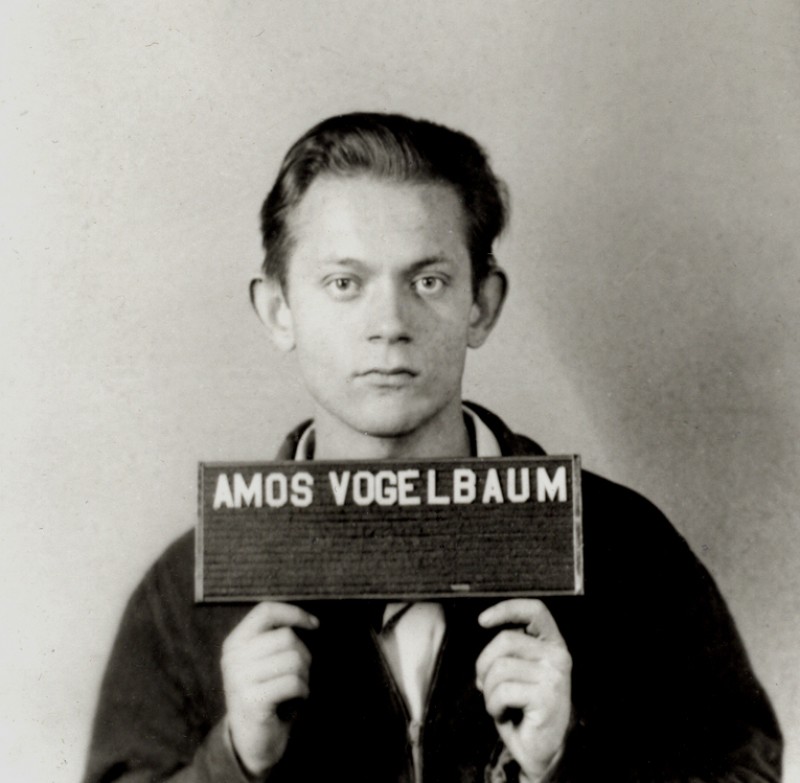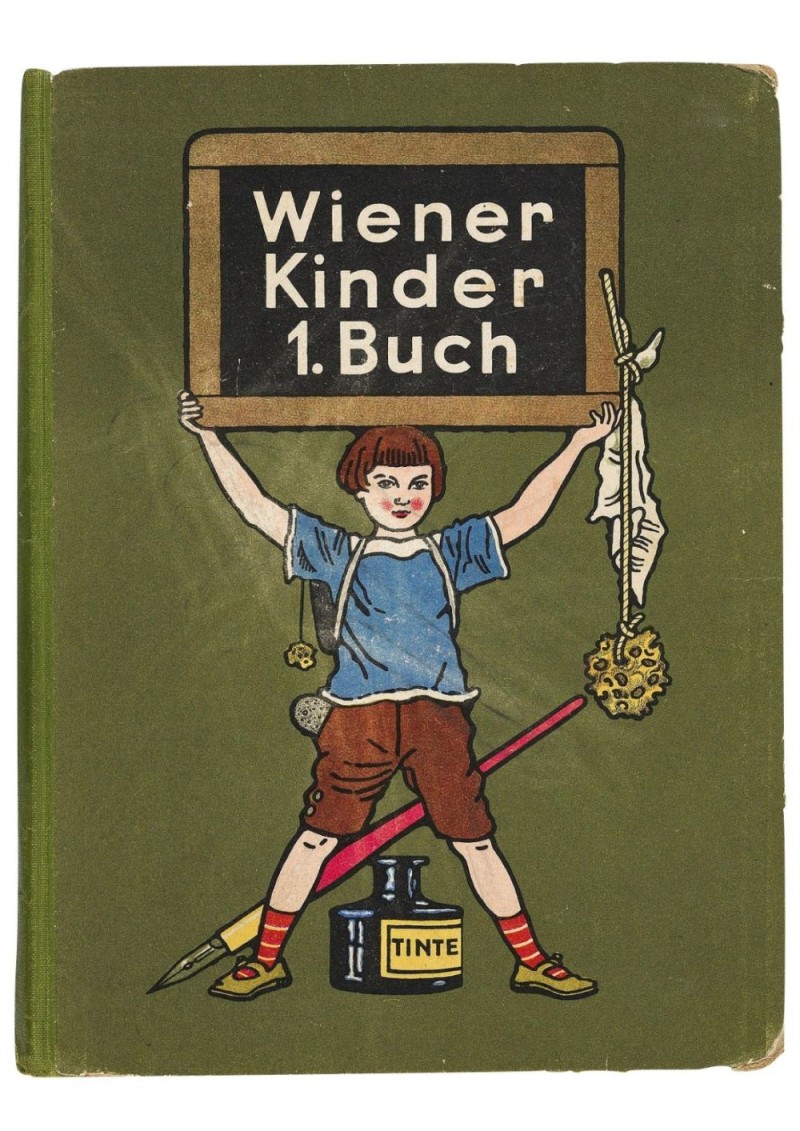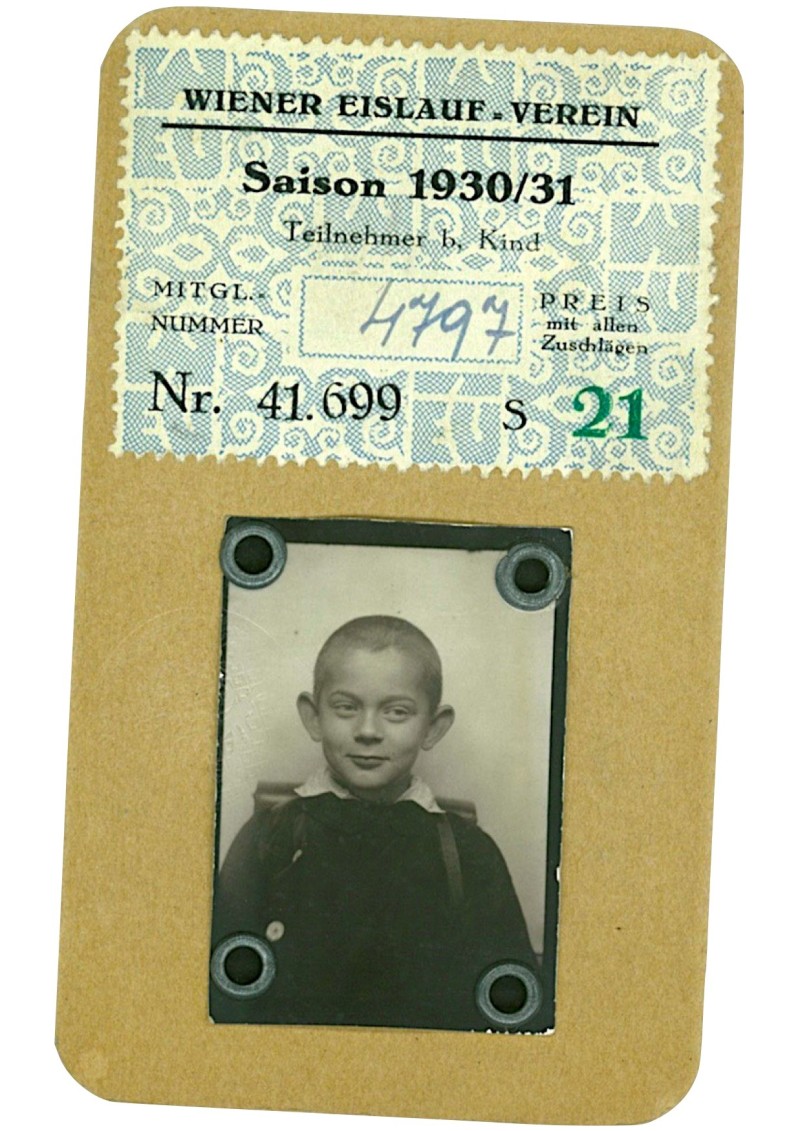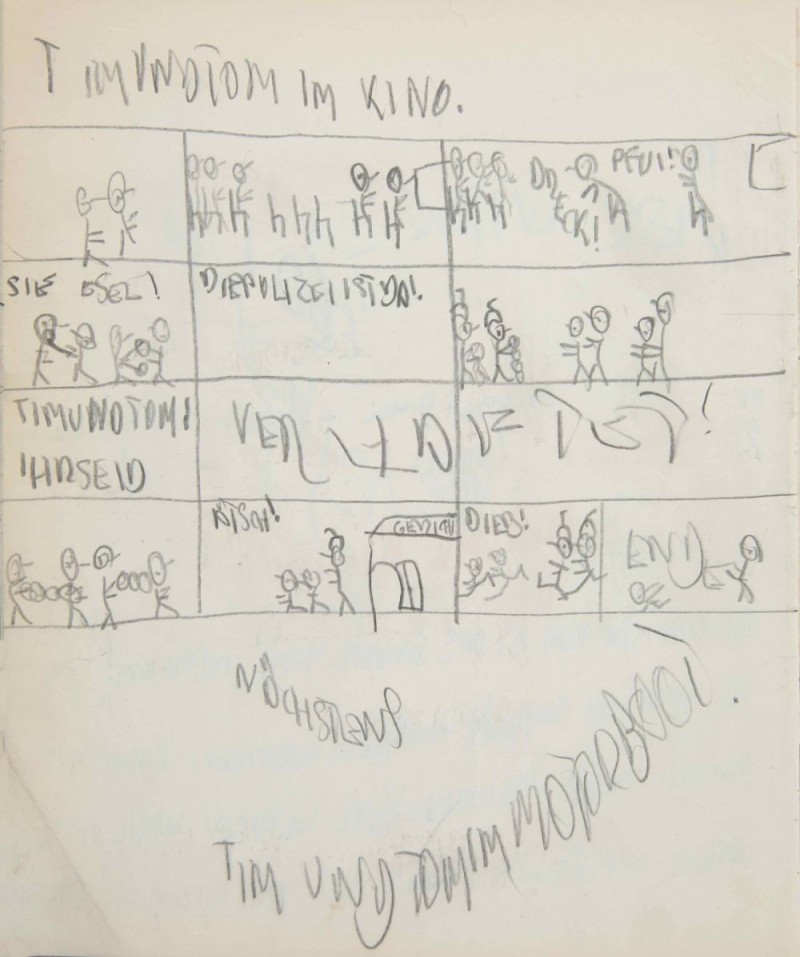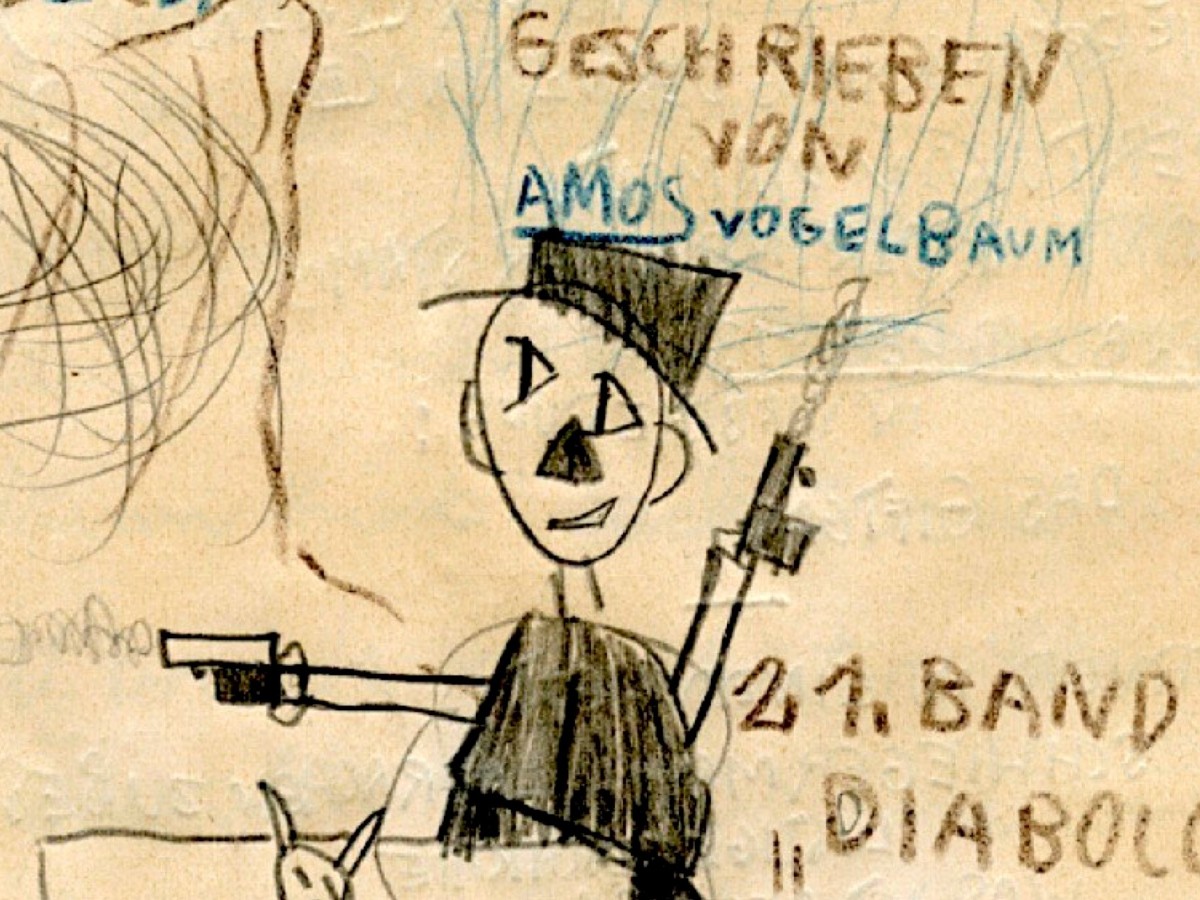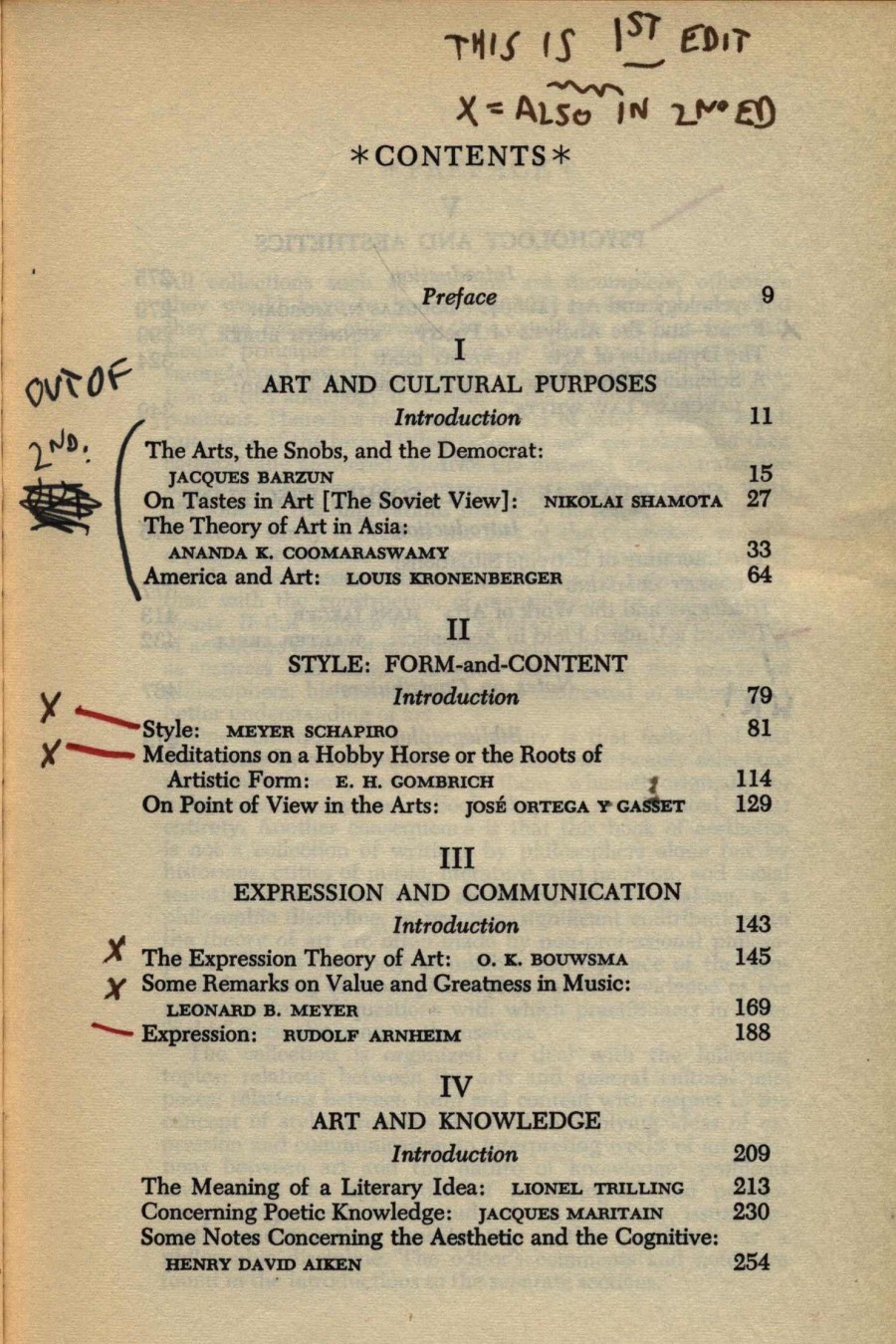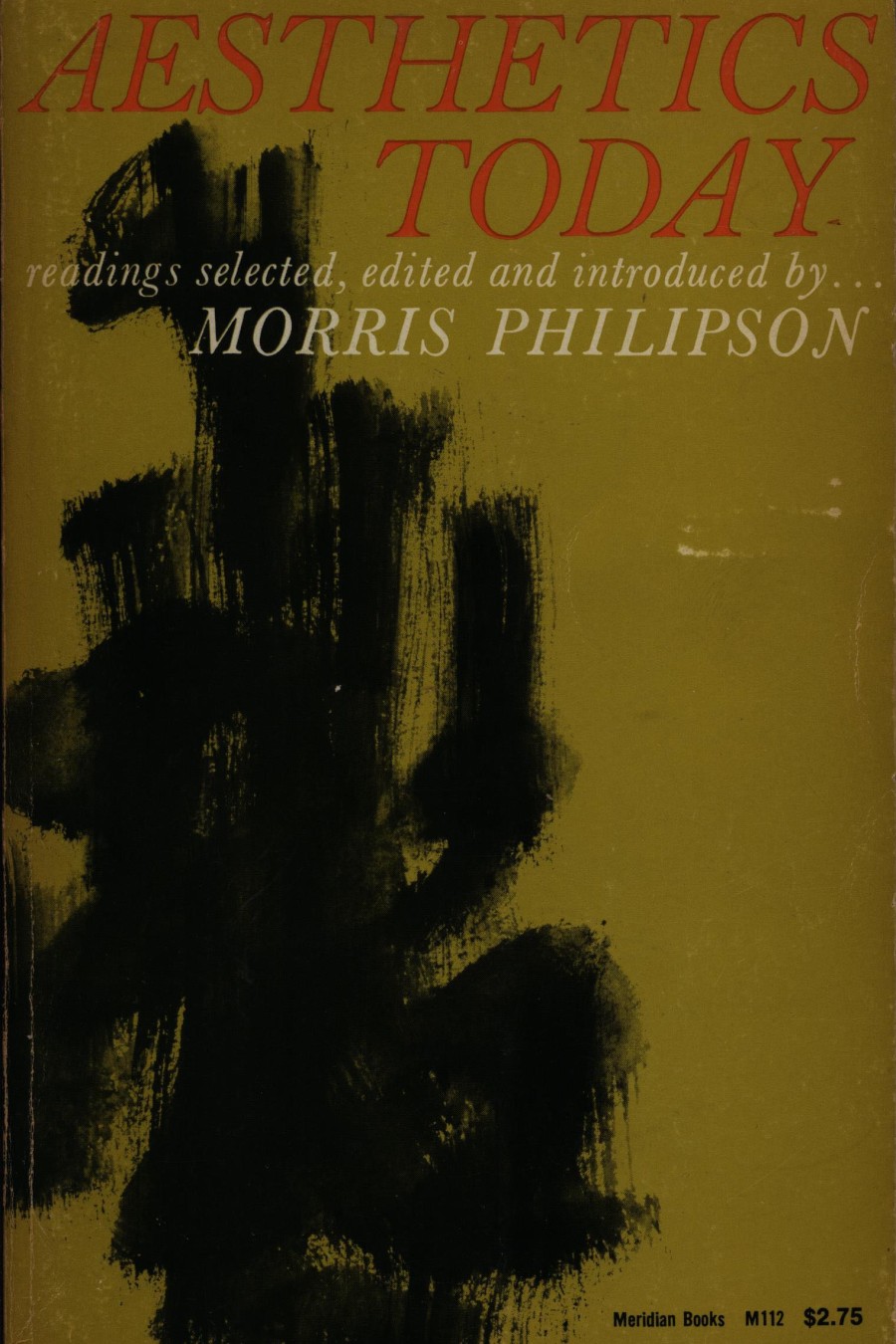"One interesting thing, to me, that's kind of mysterious, and I've often thought about it ... Of course, you can't come up with a good answer to it, but it's a very worthwhile question: how is it that I was able to pick out who was significant, or even subsequently significant and who was not, you see?" (Vogel 1995:110)
Before delving into this presumably intractable but certainly "worthwhile" mystery, Vogel reflects on the double-edged quality of his extraordinary talent. Curatorial decisions, he observes, always result in both inclusions and exclusions:
"Festival directors are gatekeepers. They either open the gate or they close the gate." (Vogel 1995:110)
Whatever the elements may be that tip the balance toward inclusion or exclusion in a given instance, they suggest the complex processes that occur in the construction of curatorial knowledge. For his own case, Vogel identifies two seminal influences:
"A Very Worthwhile Question"
Case Study #1: Amos Vogel and the "mysterious" knowledge of the curator
By Tom Waibel and Elisabeth Streit
Literature
Franz Čižek, "Schöpferisches Gestalten im Kindesalter," in: Das werdende Zeitalter, Zeitschrift des Weltbundes für Erneuerung der Erziehung, Dresden 1925.Meyer Schapiro, "Style," in: Aesthetics Today, ed. Morris Philipson, Cleveland 1961.
Amos Vogel, Oral History Interview, New York: Lincoln Center for the Performing Arts 1995.
Amos Vogelbaum, Tim und Tom im Kino, Wien 1928 (Vienna: ÖFM/Amos Vogel Library).
Amos Vogelbaum, Jugendrotkreuz-Zeitschrift, Wien 1932, Amos Vogel Papers (New York: Columbia University).
